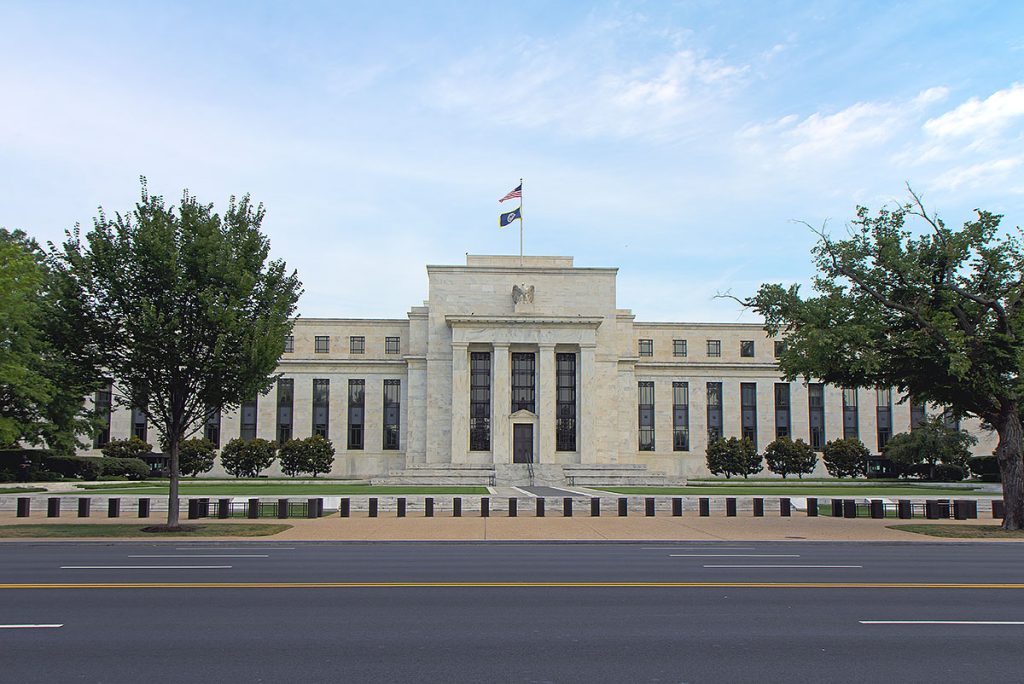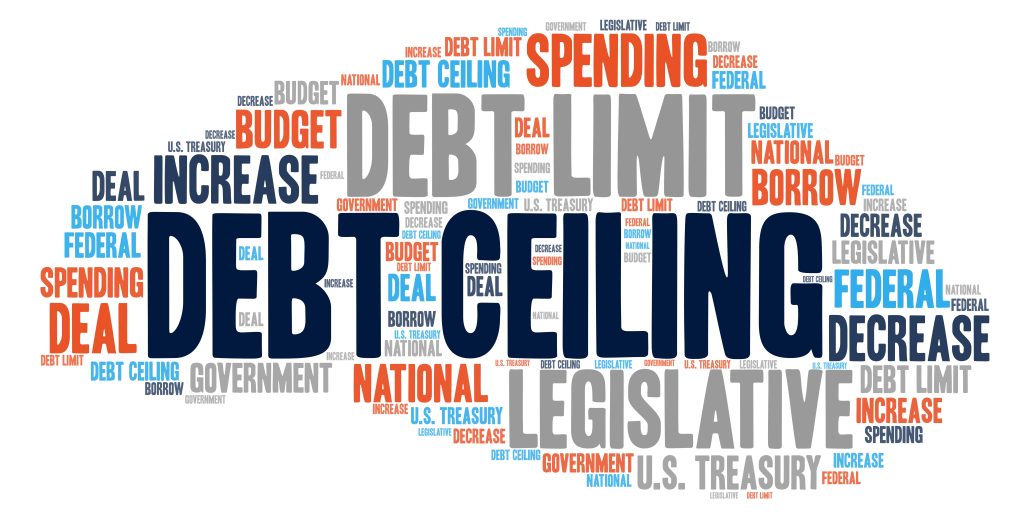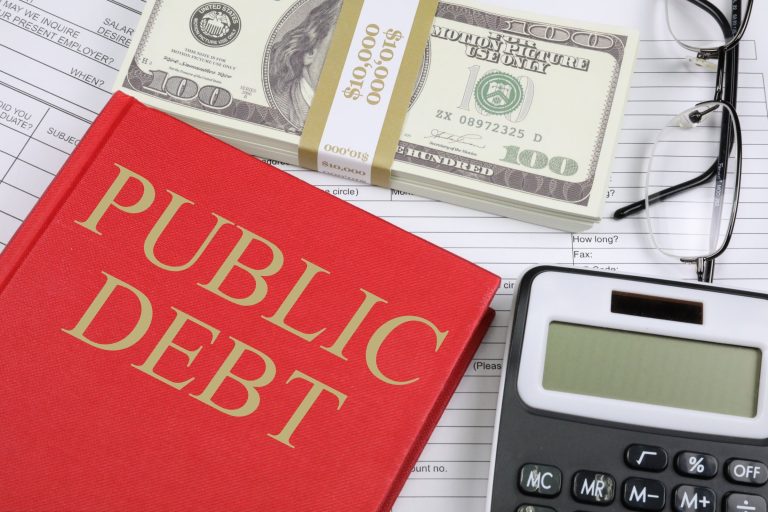In earlier posts, we explored the creation of money by central and commercial banks. This creation process is a carefully designed system of always being in debt. The system ultimately leads to significant financial burdens for individuals like you and me. For the sake of consistency, we will use the US as a primary point of reference. Many money practices in many other countries align with those in the USA. Let’s delve into how this system operates.
Personal income tax was unnecessary prior to the establishment of the Federal Reserve in 1913. Its establishment coincided with the amendment of the Constitution to introduce income tax. Was this merely a coincidence? Consider the amount of income tax you have paid throughout your life. A significant portion of it has silently ended up in the pockets of those who control the system. Yes, this system does have owners, and who they are remains a bigger secret. But before we uncover this secret, let’s first comprehend government debt and the creation of money and a complicated concept known as the debt ceiling.

Government Debt and the Creation of Money
Currency is created when a government borrows money. The government asks the treasury to issue IOUs, known as government bonds. The treasury offers these bonds to the central bank. The treasury and the central bank collaborate to sell these bonds through an auction. The government promises to buy back the bonds when they mature with an extra amount called interest. Various entities such as foreign central banks, other banks, pension funds, and even individuals purchase these bonds using currency. These players give currency to the government. They have loaned to the government. This process establishes a government liability to repay the borrowed amount along with interest.
After a stated time, the bond matures and the government will have to buy these bonds back. But, where does the government get the currency to buy back these bonds? This currency is created out of thin air. This currency did not exist previously. This process is the source of both the currency and the government’s debt. It is just digits exchanged from government accounts to the accounts of those who had bought these bonds.
When the time comes to pay back the loan and the interest, it becomes difficult for the government to afford both. As a solution, they end up borrowing more money to cover the original loan and the interest. This process, and the government needing more money for various purposes, perpetuates a cycle of increasing debt. Under the current monetary system, currency is borrowed into existence, with the commitment to repay it along with interest perpetuating ongoing indebtedness.
Debt Ceiling or Debt Limit
The amount of money the government borrows to spend is usually more than it earns. This is known as deficit spending. Politicians make promises to the people that they will make improvements in various areas citizens’ lives, like healthcare, education, and job opportunities. They ask the public to vote for them in exchange for these improvements. National budgets are crafted by the elected politicians to fulfill these commitments. Taxes fund these budgets. Any shortfall or deficit is covered by borrowing money, or debt.
Taxes are used by the government to pay for its recurrent expenses like salaries, while loans are used for public projects and to pay off previous loans. New currency needs to be created through borrowing to keep up with payments on these loans, both the principal and interest. There is a maximum amount of money parliament allows the government to borrow to cover its expenses known as the debt ceiling or debt limit. As a result, it creates a scenario where there’s never enough currency to fully repay the debt. There’s always more debt than currency to settle the debt a system known as a debt-based monetary system. This system is unsustainable and is destined to reach its limits. It will eventually come to an end.

Debt Ceiling in Practice
If we stop borrowing, there won’t be enough new currency to cover the old currency that was used to make these payments. The system necessitates escalating levels of debt to sustain itself. If we don’t accumulate more debt each year, the whole system could go into a deflationary collapse due to the burden of these payments. There would not be enough currency in circulation. To prevent this, politicians raise the debt ceiling repeatedly to prevent collapse during their tenure.
Assuming the budget of a country is of $1,000,000. The government raises $700,000 through taxes and levies. It will have to borrow $300,000 to fill the deficit. If the interest on the loan is 10% or $30,000, its total loan obligation comes to $330,000. Now the total funds available are $1,030,000. In the second year, the government budget is set at $1,030,000. If it still raised $700,000 trough taxes and levies, it now has a deficit of $330,000, the previous year’s loan and interest. It will have to borrow $330,000. If the interest on the second loan is still 10% or $33,000, its total loan obligation comes to $333,000. The second year’s total funds are $1,033,000. In the second year, the government debt has increased by $3,000. What do you think this government will do to meet its budget needs in the following years?
What is a Ponzi Scheme?
A Ponzi scheme is a deceptive investment scam that assures investors of high returns with little or no risk. While it may sound appealing, in reality, it is too good to be true. It’s actually a lie.
A legitimate investment scheme involves using the invested money to create wealth. Low-risk ventures such as stocks or real estate are examples of how that wealth is created. Eventually, this generates adequate income to reimburse the investor their initial investment and generate a profit.
On the other hand, a Ponzi scheme is a fraudulent investment scheme. It does not use the money invested to build wealth. Instead, it promises rapid, substantial returns. How does it accomplish this? It convinces people to invest their money with them with a promise of massive returns. As it grows, it uses the money from new investors to pay off the previous ones. These new investors have also been promised significant returns. Remember, this scheme does not generate its own wealth.
Therefore, the scheme must then recruit an even larger group of investors to fulfill those promises. Meanwhile, the creators of the scheme take a portion of the invested money for themselves from each group of investors. Eventually the scheme collapses when no more new investors can be found or when a large number of previous investors withdraw their funds simultaneously. At this point, the perpetrators have already pocketed large sums of money, leaving the investors with losses.
Currency Creation is a Ponzi Scheme
Many governments have been running trade deficits with other nations. They’ve been purchasing more products from the rest of the world than they sell. For example, the Middle East sells oil to many countries and receives payment in US dollars and everyone is happy. Countries get loans especially by selling bonds to cover such payments and for other expenses. However, when it’s time to repay the debt, all the funds are depleted. So governments buy back the bonds from those who bought them using new currency created out of nothing. Yet, this process necessitates larger loans to repay both the principal and interest. By repaying old debts with fresh, larger loans, it seems as though the global economy is embroiled in an enormous Ponzi scheme.
If federal and national governments worldwide didn’t keep printing more and more currency, the entire system would collapse. This new currency is created not for wealth creation, but to repay old debts, . Hence, it mirrors a Ponzi scheme where for most economies to keep running, countries have to borrow increasing amounts of money from other nations. The more money they lend us now, the more they will need to lend us in the future. If this lending were to stop, the entire structure would crumble, and we wouldn’t be able to repay them. The Treasury, without a fixed connection to gold, has been able to borrow and spend money without limitations. It’s a classic Ponzi scheme. The creators of the scheme are the creators of currency. The people of the country are the investors. The country’s debts are backed by the taxes that its people will pay.
Risks of Currency Creation
Throughout the early 1900s, many individuals, particularly leaders, were aware of the risks, like inflation, that are associated with central banking and endeavored to liberate themselves from its grasp. By introducing additional currency into circulation, our ability to buy things becomes weaker. Inflation, a gradual and deceitful form of taxation, is a direct consequence of this monetary system reliant on debt. This system favors and enriches those responsible for creating and receiving currency first, as they can spend it before it affects the economy. They are essentially taking away your purchasing power and giving it to banks and the government every single day because of this flawed monetary system.
Conclusion
True wealth is your time, good health, and personal freedom. However, we tend to trade these precious things away in exchange for currency, which is just numbers printed on paper or entered into a computer. These numbers now symbolize our effort, dedication, creativity, and skills. We are what gives the currency its value.
But here’s where the harsh irony lies: we work hard to earn and accumulate this currency, only to end up using a portion of it to satisfy tax obligations. A large portion of our taxes doesn’t contribute to improving public amenities like education or infrastructure like roads, or to public services. Instead, the tax collector hands the tax proceeds over to the Treasury, which then uses the taxes to pay off the principal and interest on bonds purchased by the Central Bank with an account that doesn’t have any funds in it. Stay tuned for the forthcoming article, where we will delve into the mechanics of the debt-based monetary system.


